The realm of robotics have witnessed exponential growth and development that lets the computerized body to get functions just like human bodies. As the human body is the most mysterious yet intricately brilliant find of nature, scientists are trying to imitate the same into robots, to get them the power of a human body. And the latest feat of the field reveals robotic skin, robotic arm, and robotic cells that has the same functionality like that in humans.
Innovations deployed in the field of robotics, upon integration could birth out a robotic human with real sensations & movements, resembling the brainy process of actual human beings.
Robotic Skin with ‘Sense of Touch’
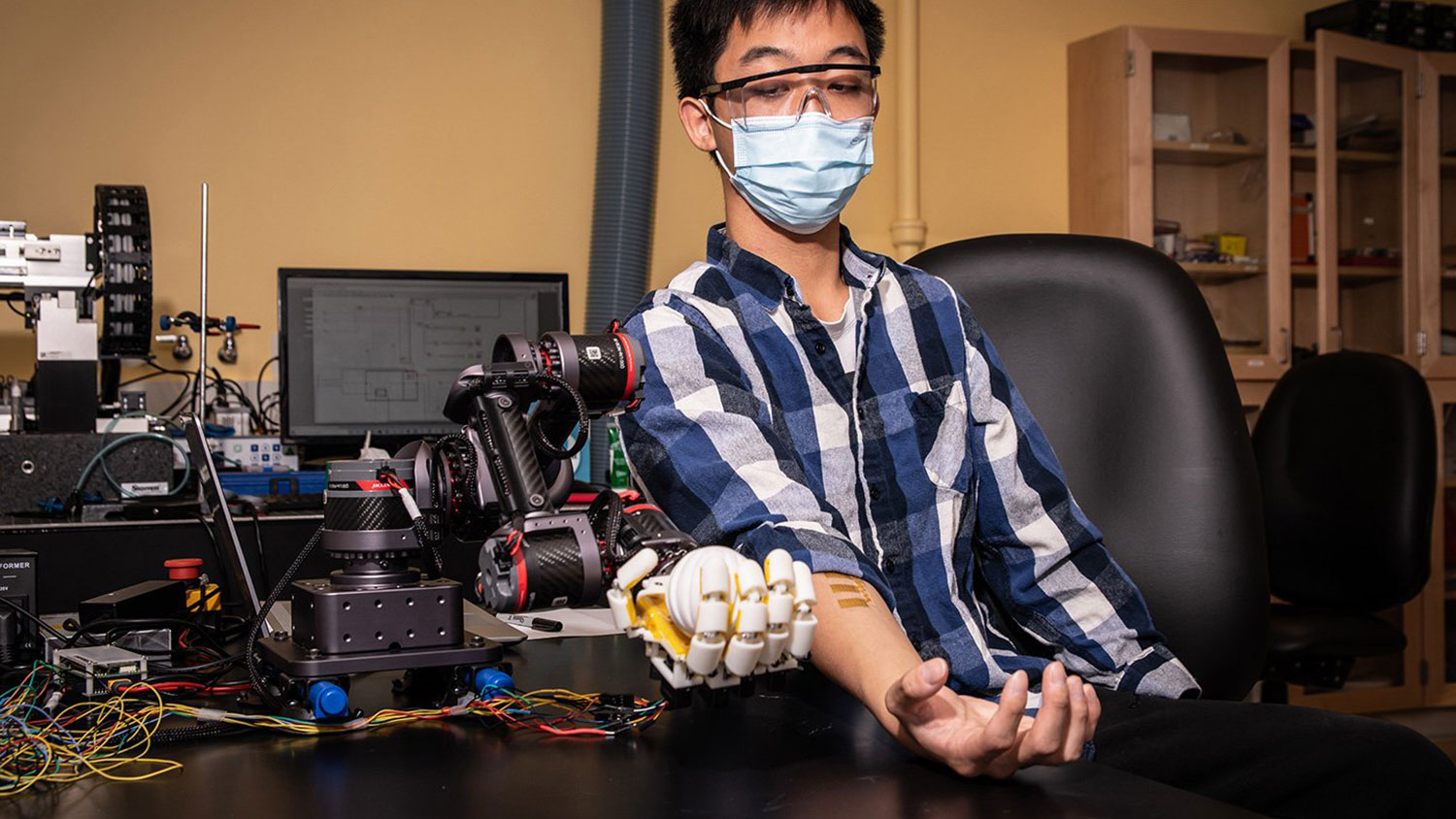
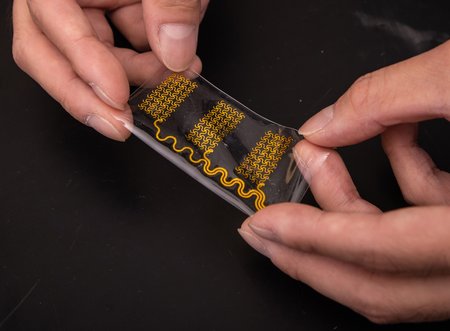
Researchers of California Institute of Technology recently developed an artificial skin that enables robots to sense the touch likely as humans. Called the M-Bot, the team had worked on a multimodal robotic-sensing platform integrating artificial skin with a robotic arm and sensors to the human skin. Means that, every movement or touch by the robotic arm passes the sense to the human skin attached with sensors.
Thanks to Machine-learning that interfaces the two activities, and allows the human user to control the robot with their own movements while receiving feedback through their own skin. The artificial skin actually comprises of gelatinous hydrogel with embedded sensors for the robots to feel the world. Temperature, pressure and toxic chemicals are the few things, robots with artificial skin sense via a simple touch.
Researchers say that they experimented out different sensors corresponding to situations, each enabling the robot to perform the dedicated tasks. For instance, Graphene impregnated with platinum detects the explosive TNT very quickly and selectively. “When we want to detect one given compound, we make sure the sensor has a high electrochemical response to that compound, says Wei Gao, Caltech’s assistant professor of medical engineering.
Brain-Controlled Robotic Arm
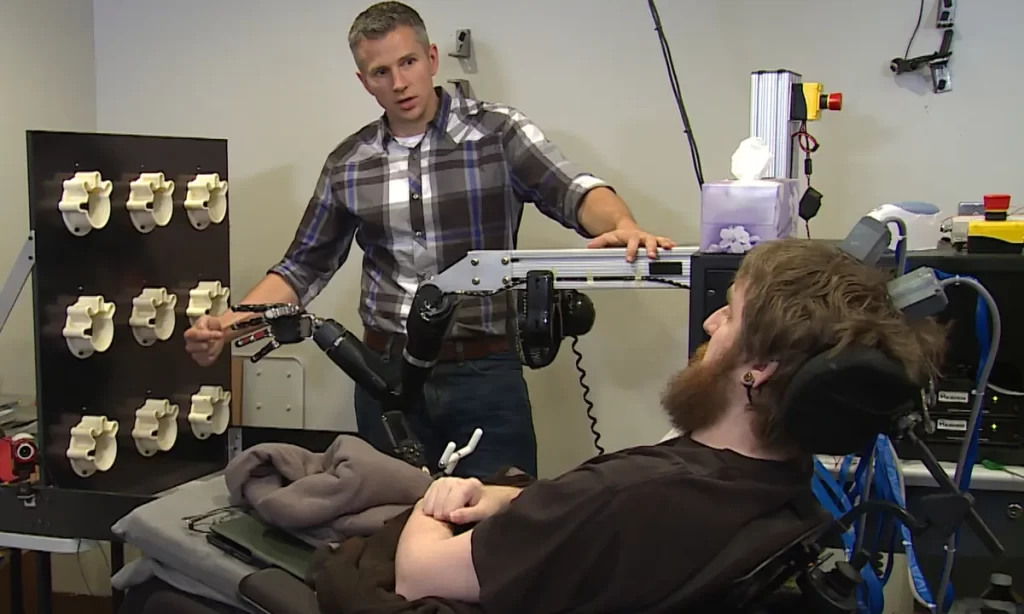
Out of dozens of robotic innovations uncurtailing these days, brain-controlled robotic arm is one exceptional study that proffered unreal enhancement to the mankind.
Nathan Copeland, who was 18years old in 2004 got paralyzed when he met with a car accident back then. He hardly moved his body except his fingers and shoulders. At the need of a volunteer by a team from University of Pittsburgh, to test their robotic arm, Nathan joined the group. The research has to do with brain-computer interface (BCI), as companies like Kernel and Neuralink do, for enabling the man to do arm movements by a simple brain thought. Researchers implanted electrode arrays onto the motor & somatosensory cortexes of Copeland, that would monitor & stimulate both input and output impulses, of maneuvering and sense of touch.
The BCI to the wonders of the team, let Copeland to handle things of any shape & able to do with that what he thought, on a par to non-paralyzed man. The team said that bringing the sense of touch to the robotic hand had done miracles for a paralyzed to act on stuffs. Nathan’s feel of the touch performed by the robot was as prompting and equal to having a real hand touch, that made him to maneuver things easily.
All about Robots!
Human Cells on Robots
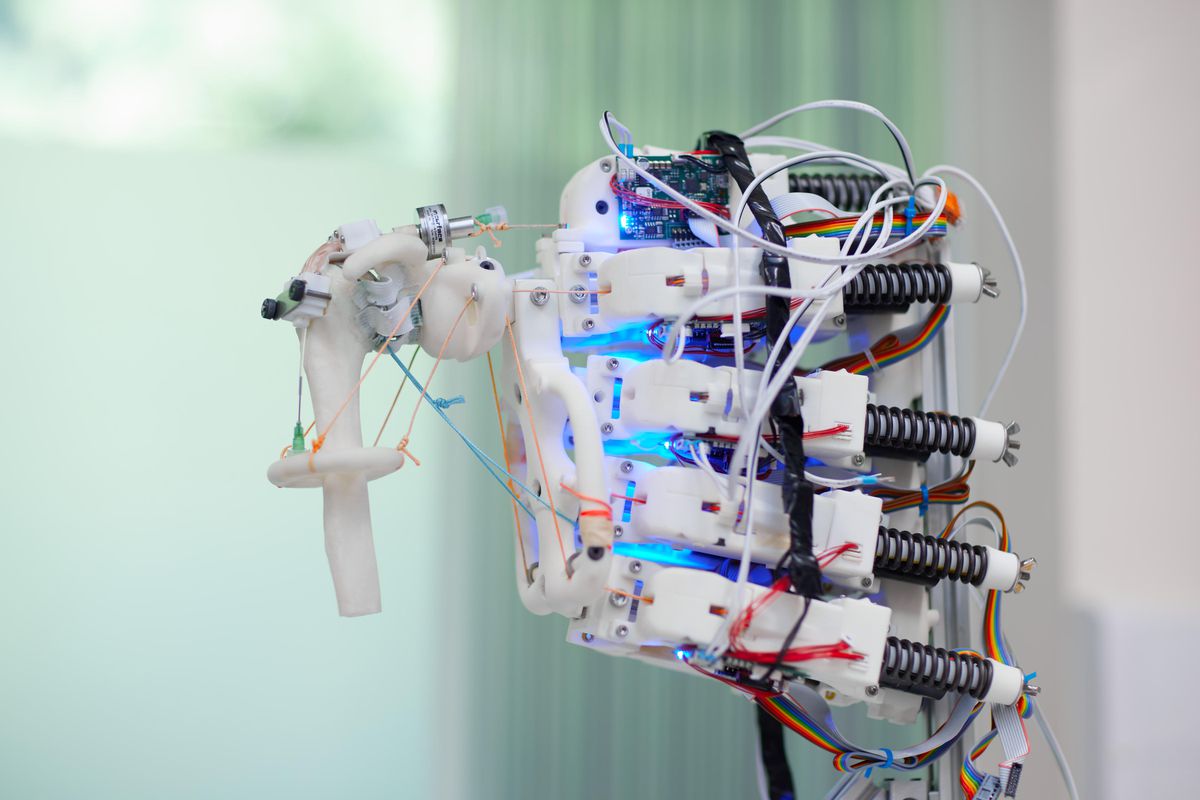
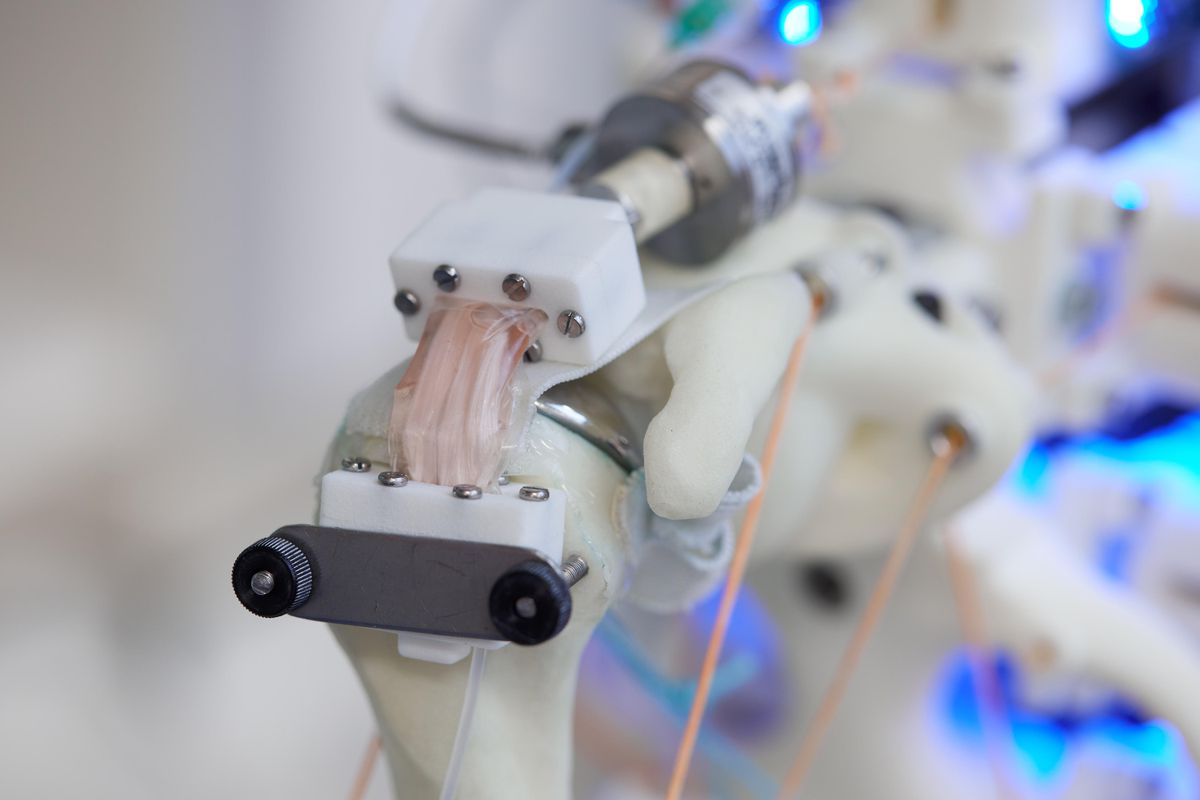
A new method of tissue engineering could potentially enable growing cells on a moving robot skeleton. Researchers from University of Oxford and robotics firm Devanthro on a recent collaboration, decided to approximate a mobile human body to recreate a natural growing environment for human cells.
They deployed an open-source robot skeleton designed by engineers of Devanthro and fabricated a subtle environment for the cells that can be fitted into the skeleton to bend and flex as required. Robot’s shoulder was opted for the tissue agriculture and upgraded to as of a humanly one. Then, they created a bioreactor that fits to the robot’s shoulder, consisting of strings of biodegradable filaments stretched between two anchor points, like a hank of hair, with the entire structure enclosed within a balloon-like outer membrane.
The hair-like filaments were then seeded with human cells and the chamber flooded with a nutrient-rich liquid designed to encourage growth. The cells were grown over a two-week period during which they enjoyed a daily workout routine. For 30 minutes each day, the bioreactor was slotted into the shoulder and, for want of a better term, waggled about (though in a very scientific manner).
“We do get differences out of the loading regime [the movement of the bioreactor in the robot shoulder joint] but whether those differences mean better cells? We don’t know yet,” says Mouthuy. “We’re not saying this system is better than the others. Or there’s a particular motion that is better than the others. We’re just showing feasibility.”
Further, humanoid robot Ameca could able to express human emotions on its face, gearing up like a human.
Researchers are pulling the knot off to make Robots as human! Will that be welcoming in all aspects? Drop your comments!
(For more such interesting informational, technology and innovation stuffs, keep reading The Inner Detail).
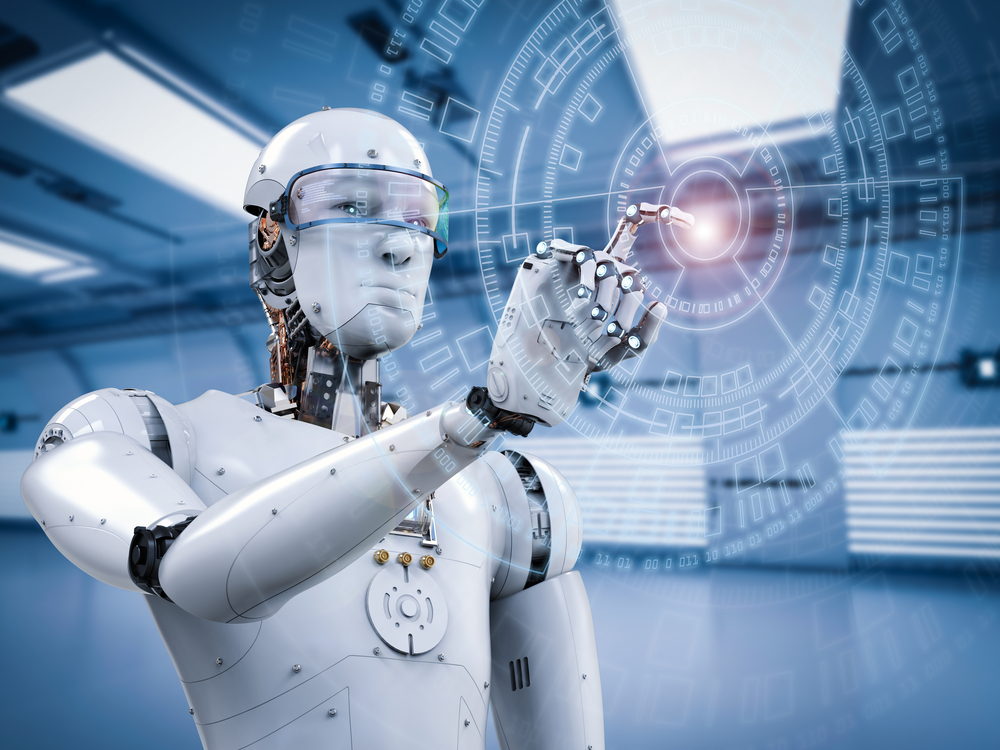






Pingback: Latest Robotic Innovations – Part I - THE INNER DETAIL